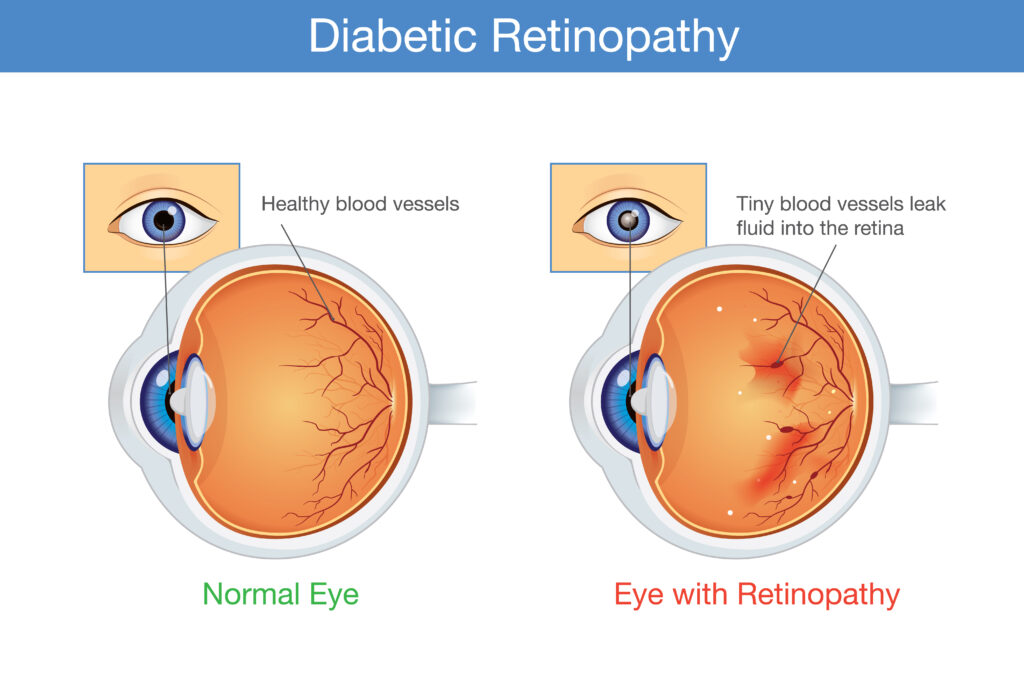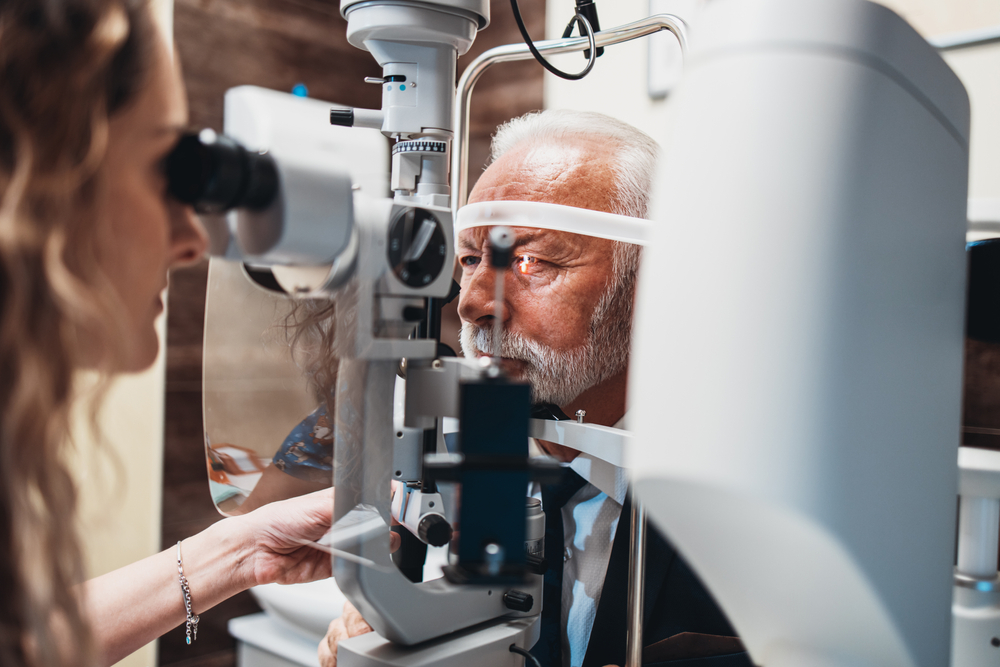Do you have diabetes? You’re not alone; it’s a health condition that requires close monitoring to avoid adverse effects on your health.
One particular aspect of diabetes that affects how healthy your eyes are eye is the risk of developing several eye conditions. In addition, many of these eye conditions also cause permanent vision loss.
However, if you have diabetes, you can prevent blindness and vision loss by being aware of eye conditions and scheduling regular eye exams. Diabetic eye diseases are usually manageable, especially in the early stages.
Early detection through eye exams, however, is often vital when it comes to preserving your vision. Keep reading to find out what you need to know about diabetic eye diseases!
Diabetes and Your Eyes
Diabetes occurs when your body can’t produce insulin. Insulin controls how much glucose or blood sugar you have.
Too much glucose affects several parts of your body, but one area that can be greatly affected is the blood vessels in your eyes, particularly your retina. High blood sugar can make blood vessels swell, leak, and grow abnormally.
As the blood vessels in your eye and retina are very small but vital for seeing, these effects can be especially detrimental to your vision. There are also eye diseases that diabetes increases your risk of developing, which you can get even if you don’t have diabetes.
Common Eye Diseases Associated With Diabetes
There are a few primary eye diseases that are either caused by diabetes or are more likely to affect people with diabetes. These include:
Diabetic Retinopathy

Diabetic retinopathy is the most common diabetic eye disease. It occurs when the blood vessels that supply the retina with oxygen grow out of control, swell, and leak.
When these blood vessels swell and leak, they damage the retina, causing gradual vision loss. This vision loss is the first noticeable symptom of the disease, and it’s irreversible, as damage to the retina is irreparable.
However, if diabetic retinopathy is diagnosed early, treatment can slow and prevent further retinal damage.
Macular Edema
Macular edema is a condition often caused by diabetes. It also usually results from leaking blood vessels under the retina, except the leaking specifically causes the center of the retina, the macula, to swell. If not treated promptly, this can cause irreversible retinal damage.
Glaucoma
Glaucoma affects many adults over the age of 60, with and without diabetes. But having diabetes increases your risk of developing glaucoma.
Glaucoma usually occurs when high pressure in the eye strains the optic nerve, damaging it over time. The optic nerve, like the retina, cannot be repaired, so vision loss from glaucoma is irreversible.
However, proper care can slow and prevent vision loss, which is more effective when the disease is caught early.
Cataracts
Cataracts are an incredibly prevalent eye condition, especially in adults over 40. But if you have diabetes, you’re more likely to develop cataracts earlier in life.
Cataracts occur when the natural lens becomes cloudy, making it harder to see clearly. The only way to treat cataracts is to remove both the natural lens and the cataract during cataract surgery.
Treatment can restore vision loss from cataracts, but this is virtually the only eye disease related to diabetes that doesn’t cause permanent vision loss.

Vision Loss From Diabetic Eye Disease
As you may have noticed, except for cataracts, every diabetic eye disease and eye disease associated with diabetes causes permanent vision loss. Vision loss is also the first noticeable symptom of these diseases, as they don’t cause other symptoms.
The only way to detect these conditions before they cause vision loss is to see your eye doctor for eye exams regularly. When detected early, treatment to prevent vision loss is possible.
Prevention and Management of Diabetic Eye Disease
The best way to prevent vision loss from diabetic eye disease is through regular eye exams. If you have diabetes, you should have an eye exam at least once a year, no matter your age.
Again, seeing your ophthalmologist for eye exams is the only way to detect the early signs of eye disease before you experience vision loss. By closely examining the inside of your eyes using pupil dilation and special imaging equipment, your eye doctor can see the subtle, early signs of damage to the retina and optic nerve.
Measuring your eye pressure can even help your eye doctor detect if you’re at an increased risk for glaucoma before you develop the condition. All of the mentioned diabetic eye diseases are treatable.

Cataract surgery can remove and treat cataracts. Although there is no cure for other diabetic eye conditions, treating them can help prevent significant vision loss.
You can also lower your risk for eye disease by living a healthy lifestyle and keeping your diabetes well-managed. Make sure you’re eating healthy and exercising regularly. However, having diabetes increases your risk of developing eye diseases.
Also, the longer you have diabetes, the higher your risk of developing eye diseases becomes. This is still true even if your diabetes is under control and well-managed.
The best thing you can do for your vision and to keep your eyes healthy is to schedule eye exams at least once a year with your ophthalmologist.
Do you need to prioritize your eyes? Today, take the first step by scheduling an eye exam at Loden Vision Centers in Nashville, TN!


